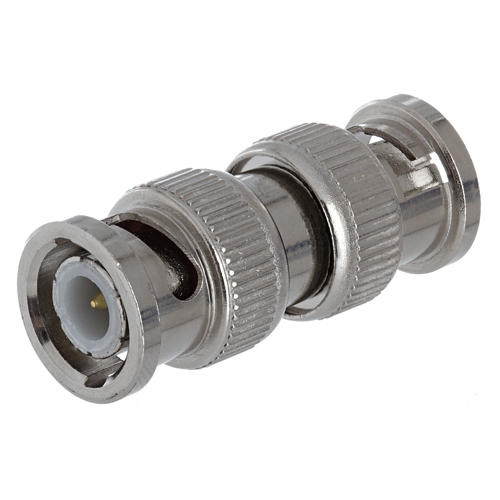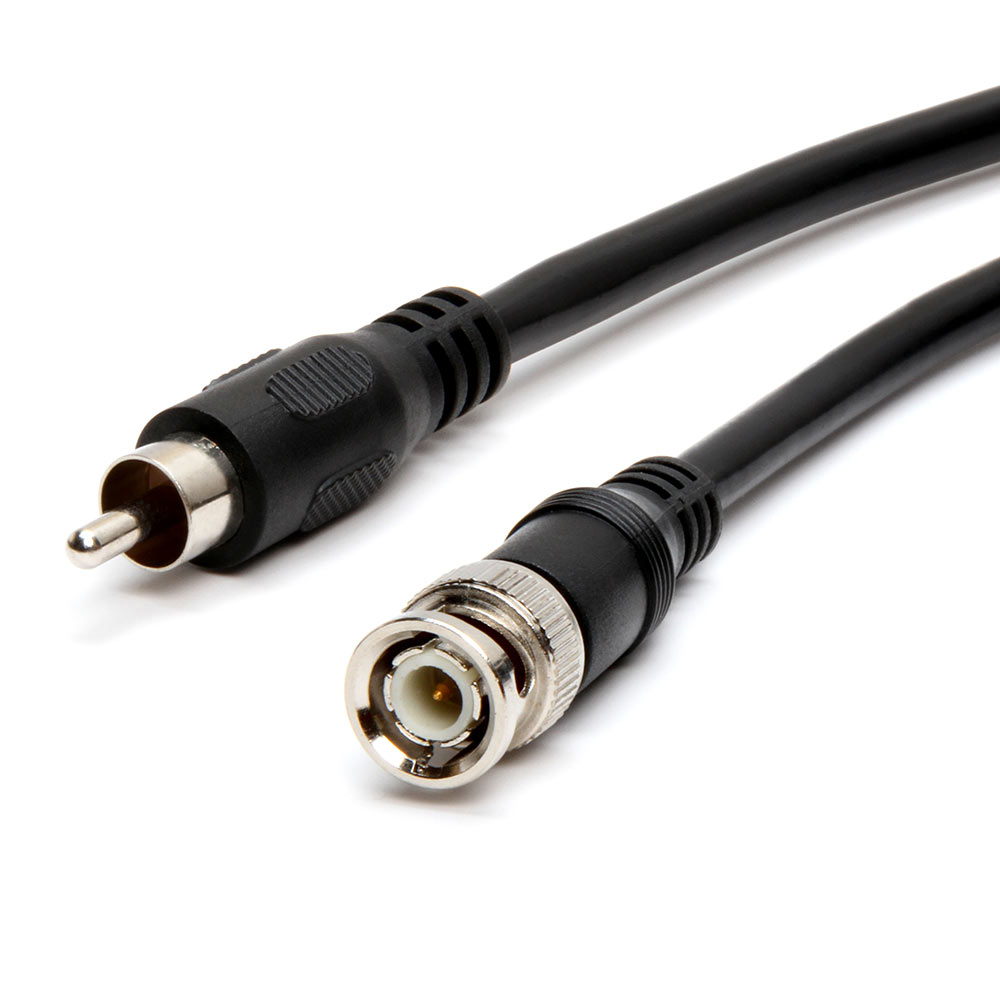BNC Video Cables
The Bayonett Neill-Concelman (BNC) video cable is a type coaxial cable that is used to connect different devices like radio, televisions and other radio frequency devices. The most visible difference between BNC video cables and other cables is that a coupling nut is used to fit the cable into the device in all BNC cable devices where as other cables use plugs of different types.
There was a time that BNC video cables were popular and were used extensively as computer network cables. With time however, digital technology came along and the use of all types of cables ended up being limited to certain devices.
Like other video cables, impedance or resistance is the key feature of all BNC video cables. These cables can have an impedance cover of either 50 ohms or 75 unlike other video cables that include composite, component and S-Video cables. The cable is readily used for all radio signals that have less than 500 volts of voltage and a frequency which is lower than 3 GHz.
BNC Video Cable Uses
Though early BNC video cables were designed for military use, over the years, the cable gained popularity and became widely used for different video and radio frequency applications of less than 3GHz. As the BNC connector is made by the use of small amount of plastic dielectric on each of the connectors and also uses a slotted conductor on the outside, the loss of signals increases at higher frequencies. A radio frequency of a little more than 3GHz may generate signals but as the frequencies keep on increasing, the signals are not that consistent.
Among many different uses, the BNC cables are used for different types of signal connections that include but are not limited to: aerospace electronics, serial digital and analog interface video signals, electronic test equipment and amateur radio antennas.
When used on commercial video devices, it can be used for composite video signals and can be easily placed instead of an RCA connector. Many different electronic devices that have RCA jacks can easily use BNC video cables with the addition of a simple adapter. These cables are also used on a commercial scale and found in many different recording studios. Various instruments are synchronized so that digital recording equipments can work easily with timing signals.
BNC Video Connectors
The BNC video cable connector was named after both its creators and the bayonet comes from the type of connector that is used for the cable. Though initially built for government use, the connector made its way to commercial market very soon.
As already established, BNC connectors can be used for two different resistance or impedance measures: 50 ohms and 75 ohms. The same cable cannot be used for both resistance levels. Two different cables are available for both impedance levels and it is best to use the designated cable for particular impedance. The 50 ohm dielectric can be used for radio frequencies of up to 4 GHz while the 75 ohm impedance cables are ideal for frequencies that are up to 2 GHz.
Since the impedance level covers by both cables differs, the 50 ohm BNC cable is used for radio frequencies and data while the 75 ohm impedance is used by VHF receivers and many networked office applications.
Both cables can be used in place of each other as they are made keeping in mind the compatibility issues that can arise. Radio frequencies that are below 10 MHz can use either BNC cable as the effects are negligible. For frequencies greater than 10 MHz, the effects become more prominent and the mismatch principle can easily be identified because signals are increasingly reflected.
A BNC tool (also known as a BNC inserter/remover tool, BNC apple corer or BNC extraction tool) is used to plug in BNC cables to different devices where the access to the device is not readily available. For example, in broadcasting stations the patch panels are wired densely and it is almost impossible to connect the cable to the device directly.
These tools are made of steel and are usually light weight. The tools can be easily connected to the device because the shaft of these tools is long and is accompanied with handle grips that are made of plastic and used to apply the torque rotations. Because of these tools it is very easy to connect and disconnect the cable from the device it is plugged in. the extended shaft also helps with the unplugging of the correct cable once the work is done.
Variations
There are many different types of connectors that almost the same as BNC connectors. These connectors work on different frequencies and also work on different impedances.
For example, the TNC works on microwave frequencies and was also developed by the creators of BNC and uses threaded technology. Russia developed their version because of the varying metric and imperial measurements.
Twinax or Twin BNC use the same bayonet latch as the normal BNC connector but has two contact points instead of one. These Twin BNC connectors cannot be used in place regular BNCs as they can easily operate on 100 volts and frequency of 100 MHz. These BNCs also have a differing set of impedances that they work on: 78 ohms or 95 ohms.
For products that have a high density, miniature connectors are used. These connectors are used mostly in the video broadcast industry. High voltage connectors use SHV or MHV connectors. These connectors should not be used instead of BNC connectors even if they easily fit the slot.
Triaxial connectors are another alternate to BNC cables. These cables carry not only the signal but also carry a ground conductor and a guard. Mostly, these video cables are with electronic systems that are used for sensitive measurements. Adaptors can be used to connect triaxial and BNC connectors if there is any such need.
BNC video cables come in various lengths and can be used for devices that are close and far apart.





